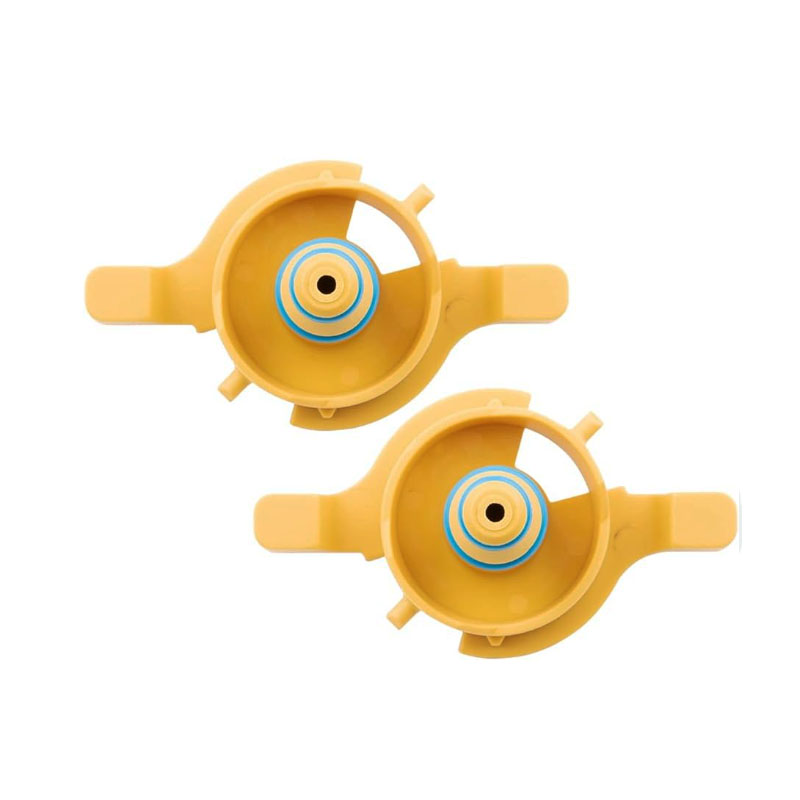Manual Transmission Output Shaft Seal Replacement Guide and Tips for Vehicle Maintenance
Understanding the Manual Transmission Output Shaft Seal
The manual transmission output shaft seal plays a crucial role in maintaining the integrity and efficiency of a vehicle's transmission system. As the name suggests, this component is located at the output shaft of the transmission, where it helps to seal the area between the transmission case and the output shaft. This seal is essential for preventing transmission fluid leaks, ensuring smooth operation, and safeguarding the performance of the vehicle.
Functions and Importance
The primary function of the output shaft seal is to contain the transmission fluid within the transmission assembly and prevent it from leaking out. Transmission fluid serves multiple purposes it lubricates the moving parts, cools the transmission, and assists in hydraulic engagement of gears. If this fluid escapes due to a faulty seal, it can lead to insufficient lubrication, overheating, and ultimately, severe damage to the transmission.
Moreover, a damaged output shaft seal can lead to contamination of the transmission fluid with dirt and debris, which can further impair the function of the transmission. Over time, this can result in costly repairs or even complete transmission failure. Therefore, maintaining the output shaft seal is critical for the longevity and reliability of the vehicle.
Signs of a Failing Output Shaft Seal
Identifying the early signs of a failing output shaft seal can save vehicle owners from expensive repairs down the line. Common symptoms include
- Fluid Leaks One of the most apparent signs is the presence of transmission fluid leaking from the area of the output shaft. A noticeable puddle of reddish fluid under the vehicle can indicate a failing seal. - Transmission Overheating If the transmission fluid level drops due to leaks, it can lead to overheating. Symptoms of this can include slipping gears, delayed engagement, or unusual noises during operation.
- Unusual Noises As transmission fluid lubricates the moving components, a decrease in fluid levels due to a compromised seal can lead to whining or grinding noises, showcasing the internal wear due to insufficient lubrication.
manual transmission output shaft seal

Replacement Process
Replacing a faulty output shaft seal is imperative for maintaining transmission health
. The process, however, requires careful attention to detail1. Preparation Ensure the vehicle is on a level surface and secure it with jack stands. Remove any necessary undercarriage components for access.
2. Drain the Transmission Fluid Before removing the old seal, drain the transmission fluid to avoid spills and additional mess.
3. Remove the Old Seal Carefully pry out the old seal using appropriate tools, ensuring that no debris falls into the transmission.
4. Install the New Seal Clean the area where the new seal will be installed. Lubricate the new seal lightly with transmission fluid and press it into place, ensuring it is seated properly.
5. Reassemble and Refill Reassemble any components removed during the process and refill the transmission with the appropriate type and amount of fluid.
Conclusion
The manual transmission output shaft seal is a small but vital component that should not be overlooked. Regular inspections and timely replacements can prevent larger, more expensive issues down the line. Vehicle owners are encouraged to be proactive about their vehicle's maintenance and address any symptoms of seal failure promptly. By doing so, they can ensure their transmission remains in optimal condition, contributing to a smoother and more reliable driving experience.
-
The Ultimate Guide to Boat Propeller Bearings and Trailer Wheel Bearings
News Jul.31,2025
-
The Essential Guide to Marine Bearings and Boat Trailer Wheel Bearings
News Jul.31,2025
-
The Complete Guide to Heavy Duty Seals: Protecting Doors and Spaces Efficiently
News Jul.31,2025
-
Essential Guide to Marine Shaft Bearings and Boat Trailer Axle Bearings
News Jul.31,2025
-
Comprehensive Guide to Marine and Trailer Bearings for Safe Boating and Transport
News Jul.31,2025
-
Comprehensive Guide to Automotive Oil Seals: Protecting Your Engine and Shafts
News Jul.31,2025
-
Understanding Automotive Oil Seals: Essential Components for Engine and Shaft Protection
News Jul.30,2025
Products categories















